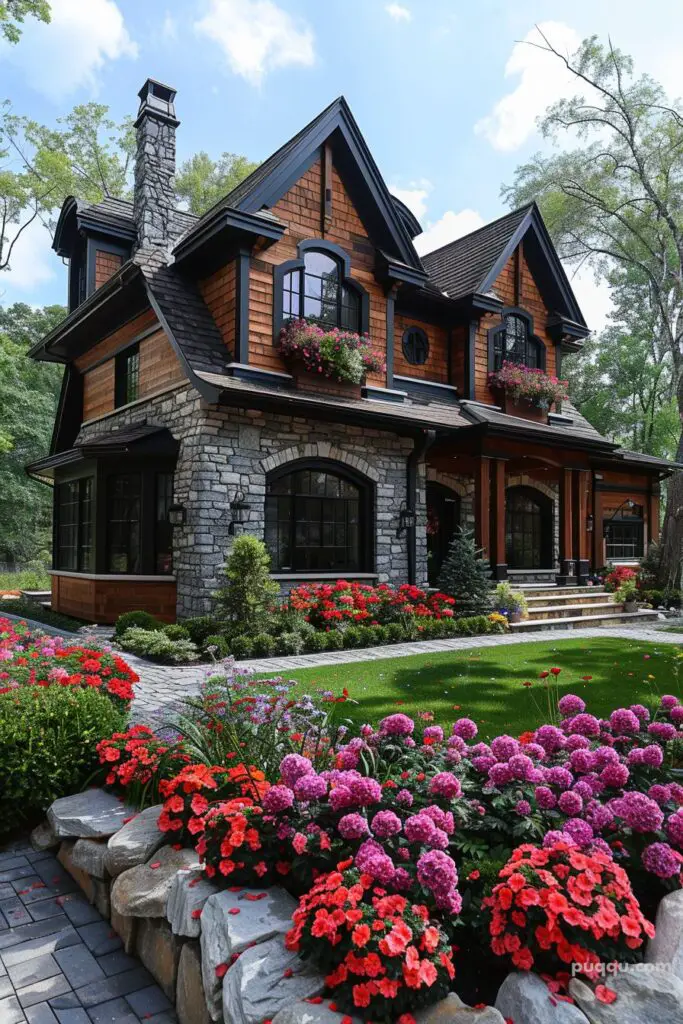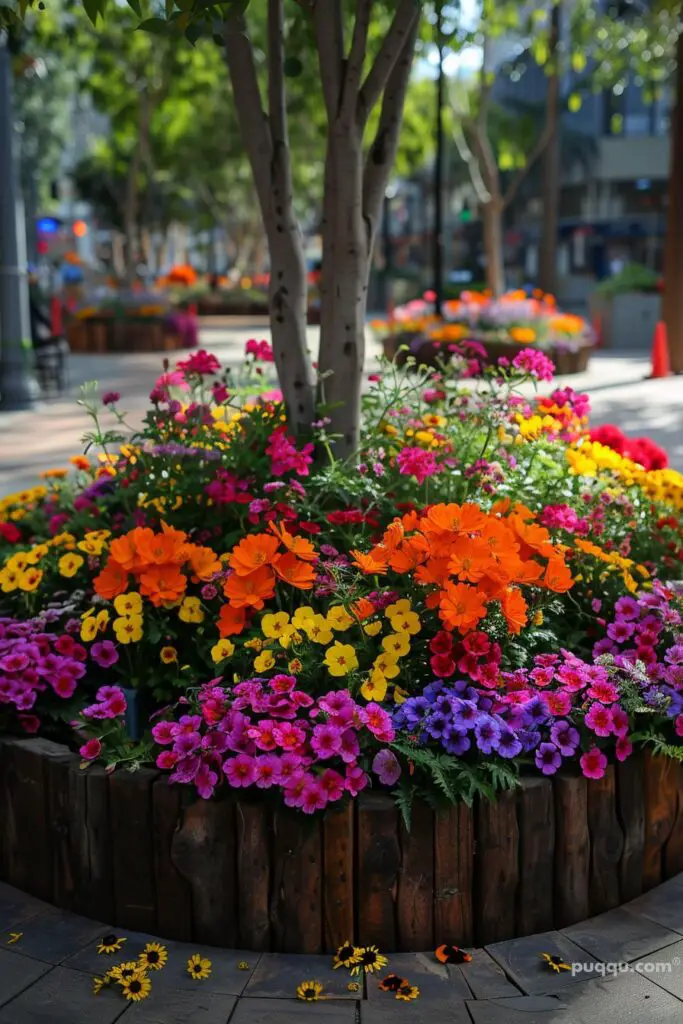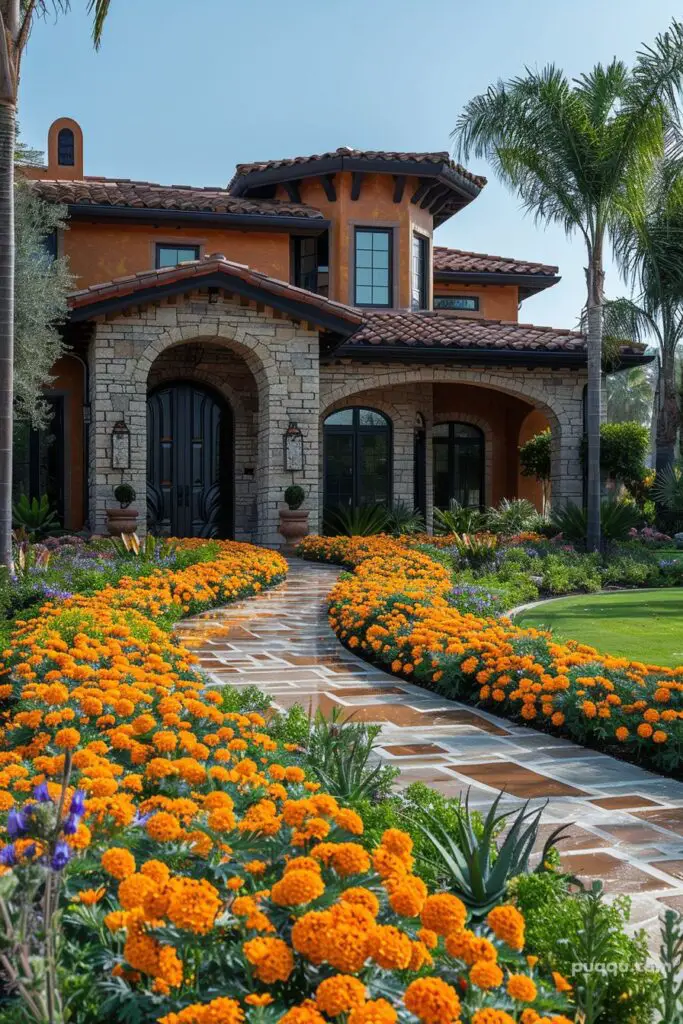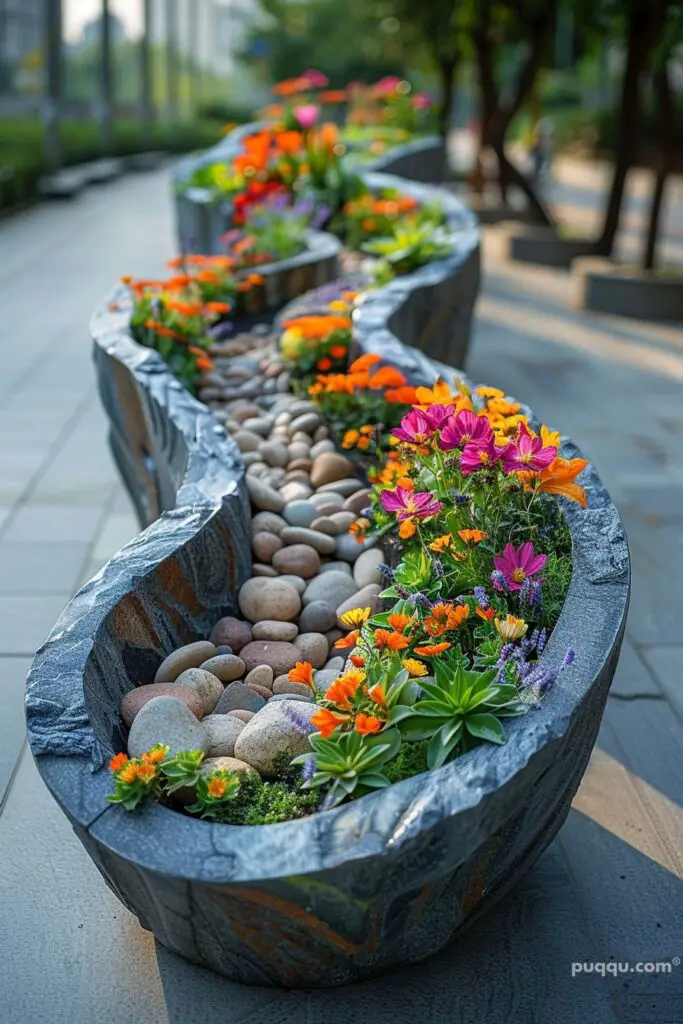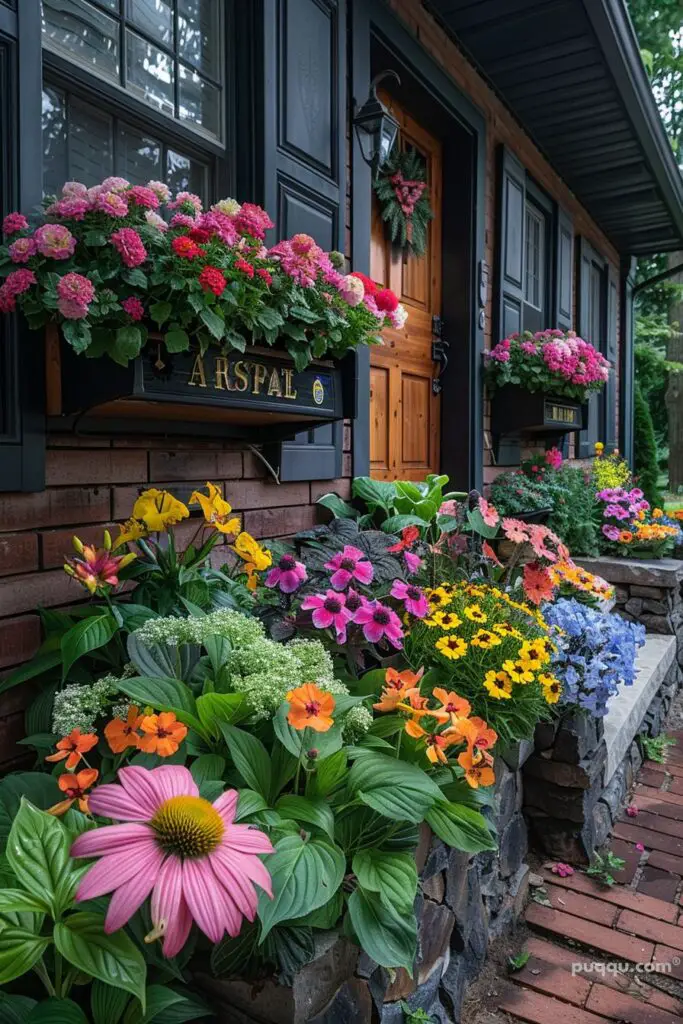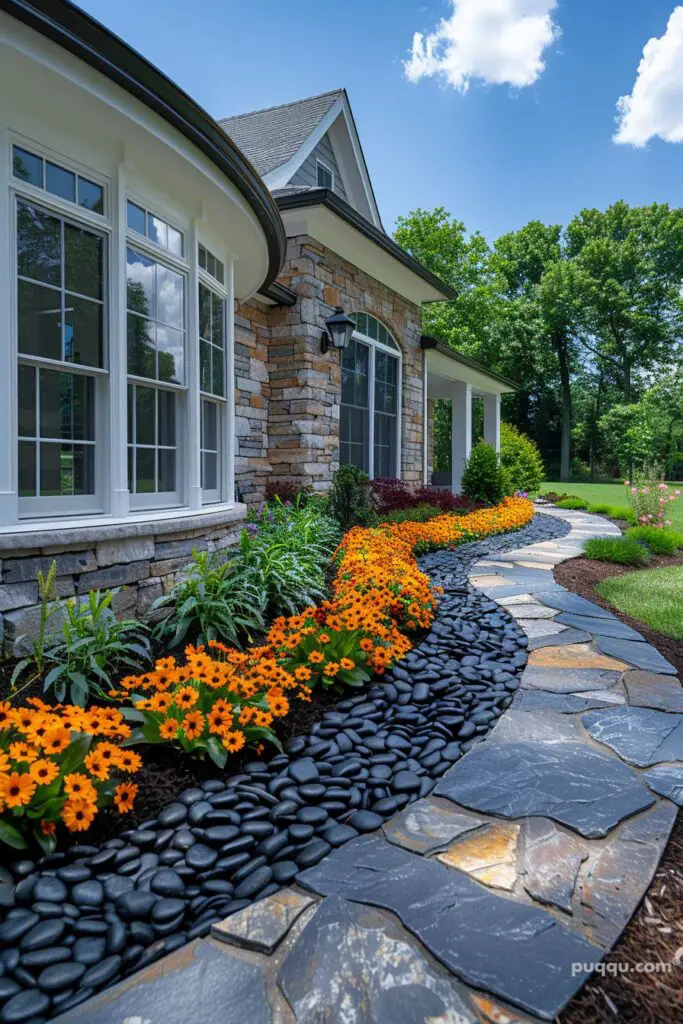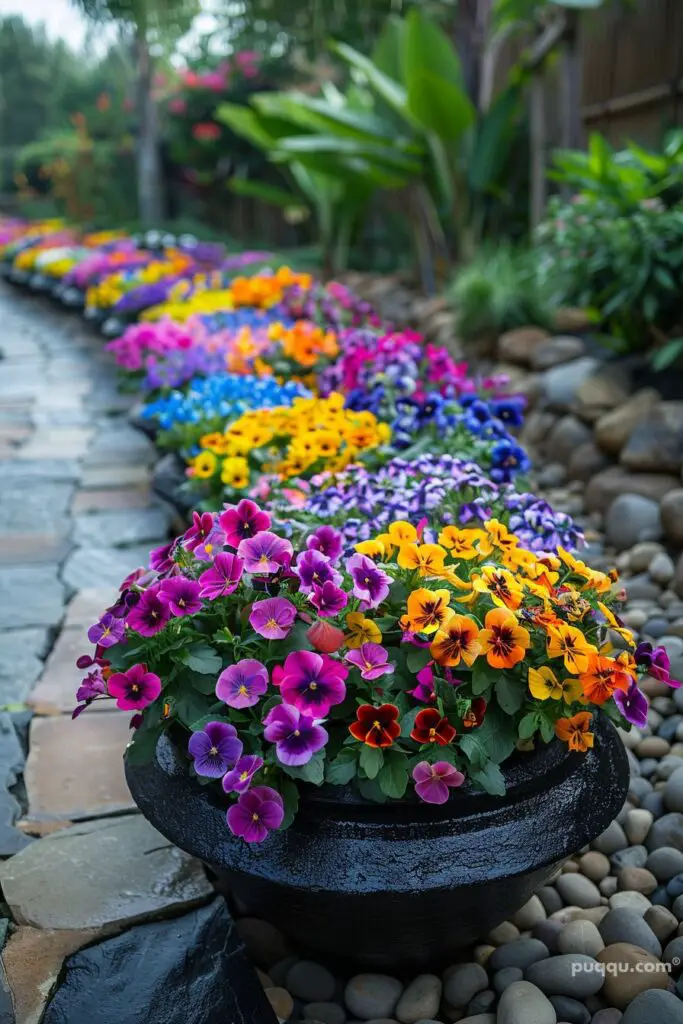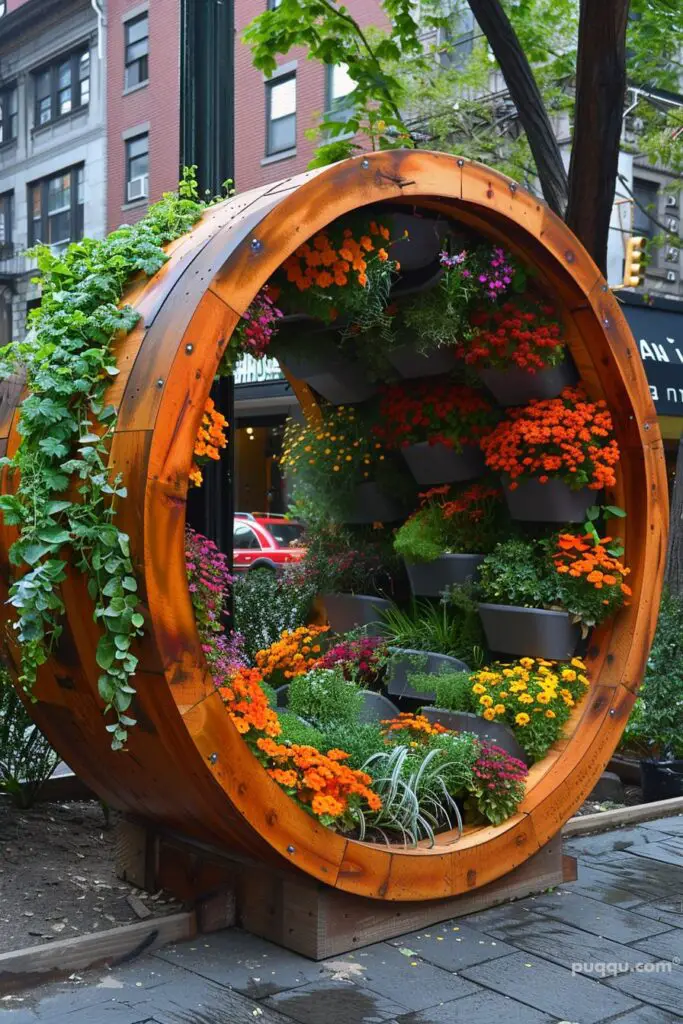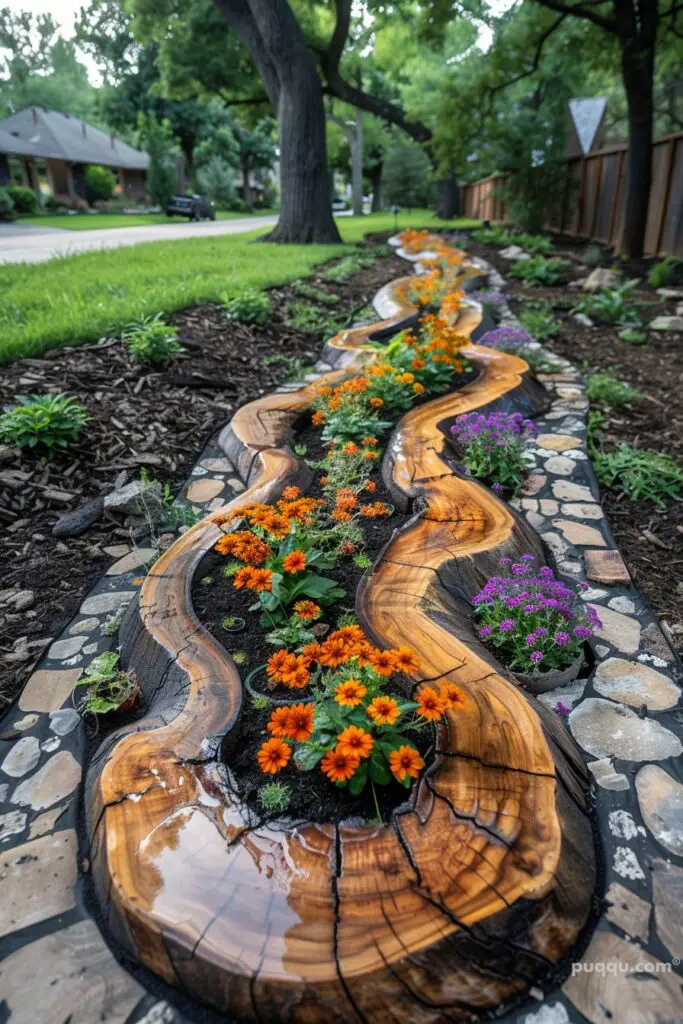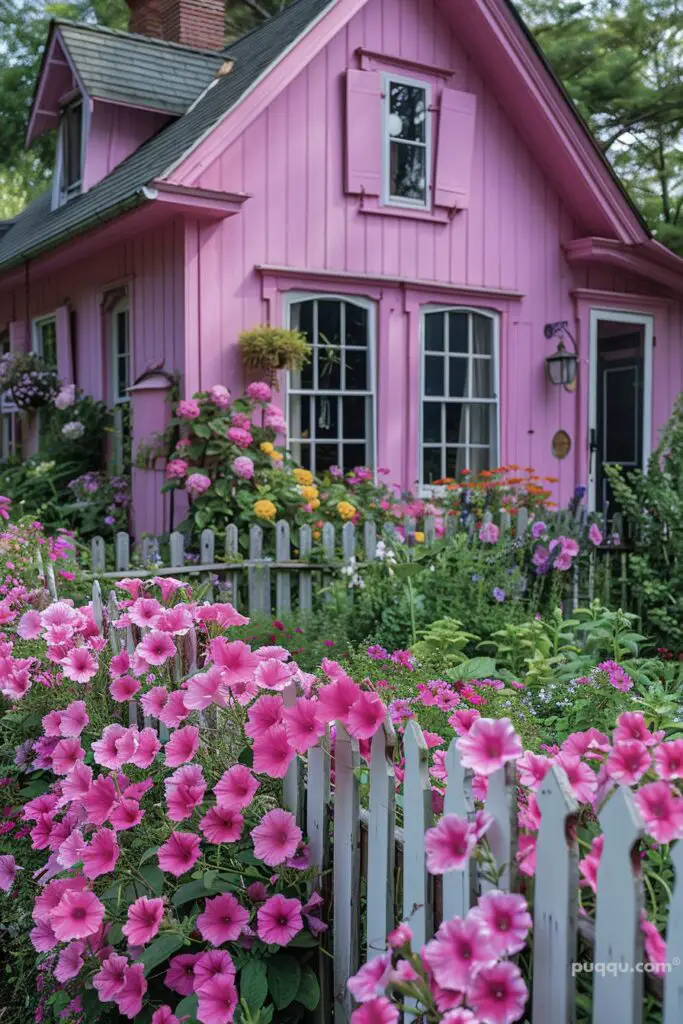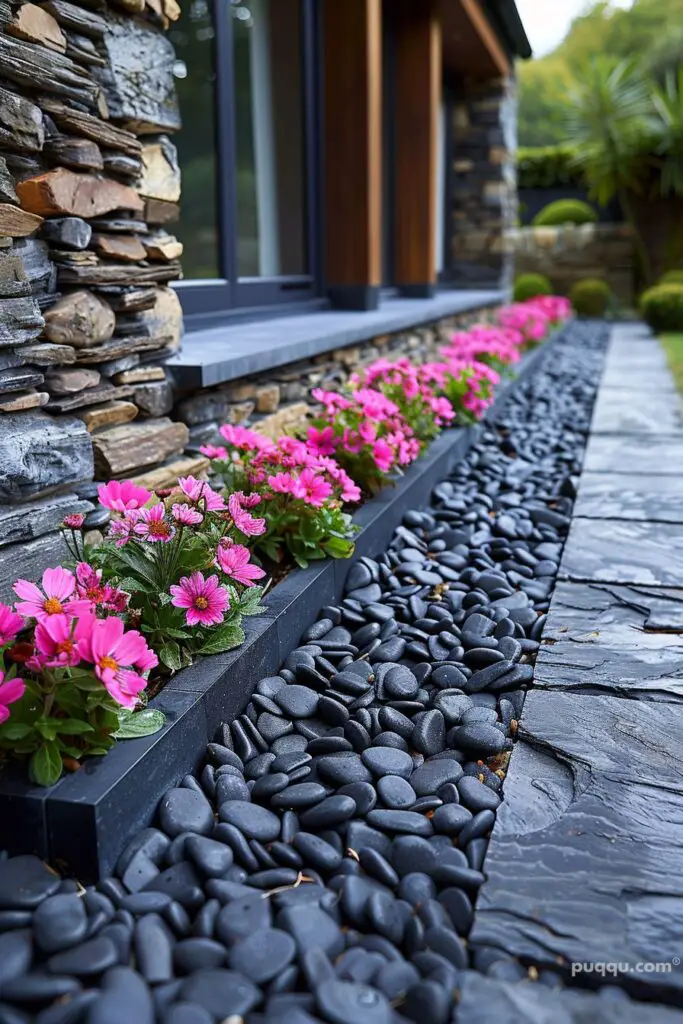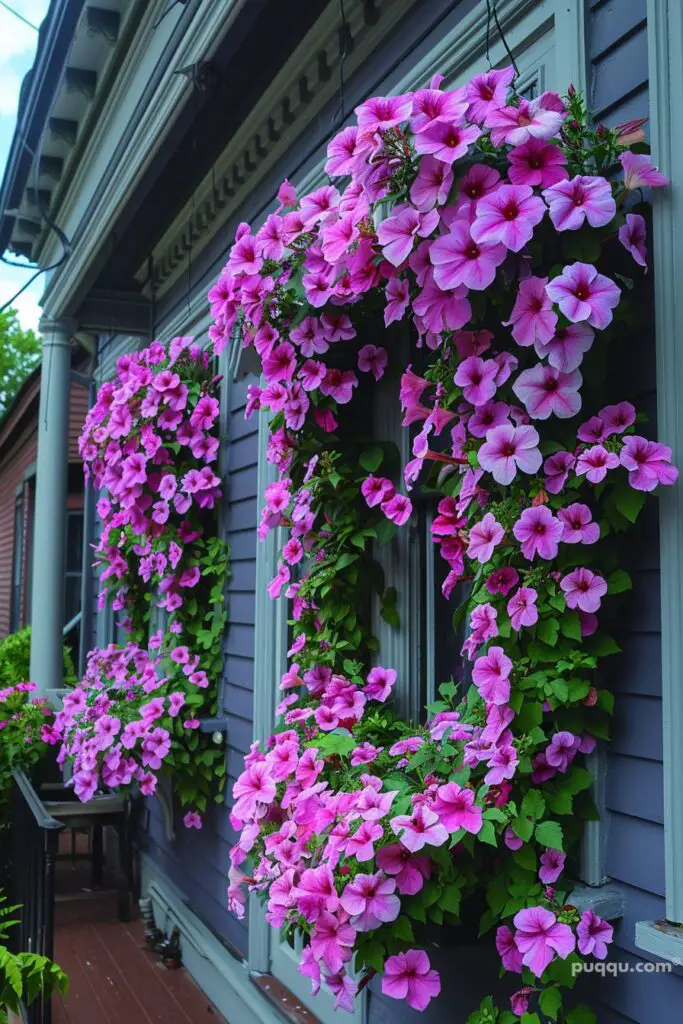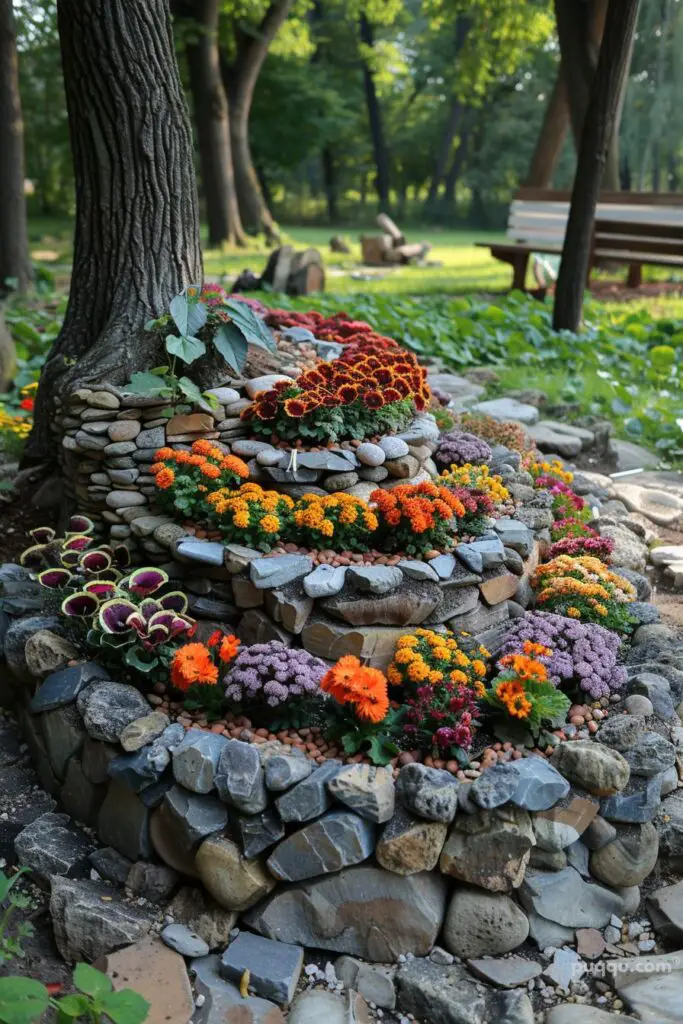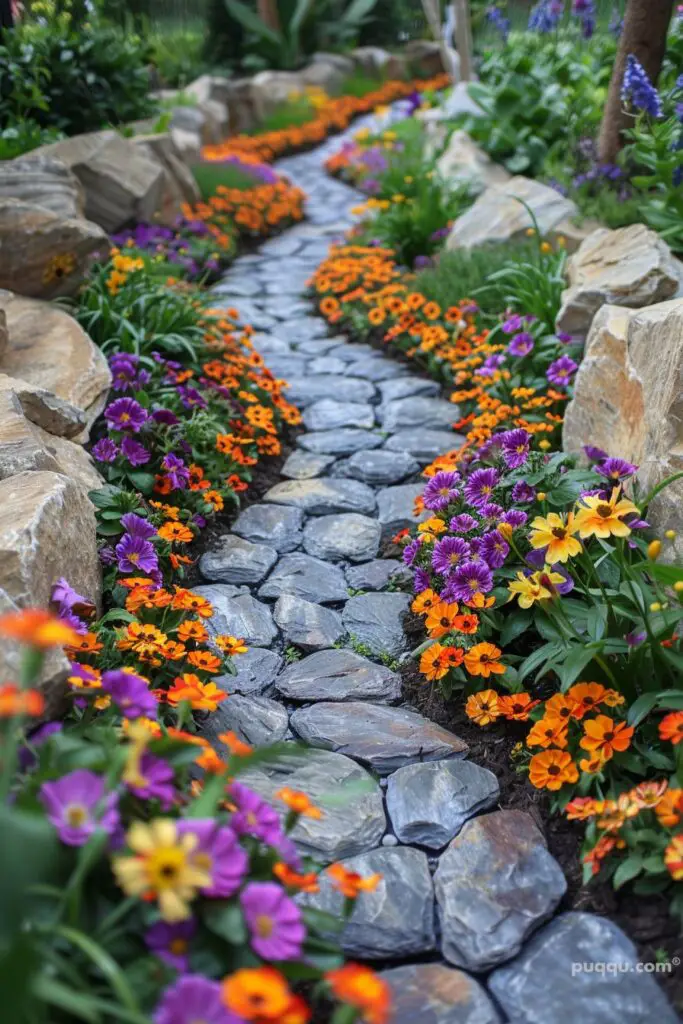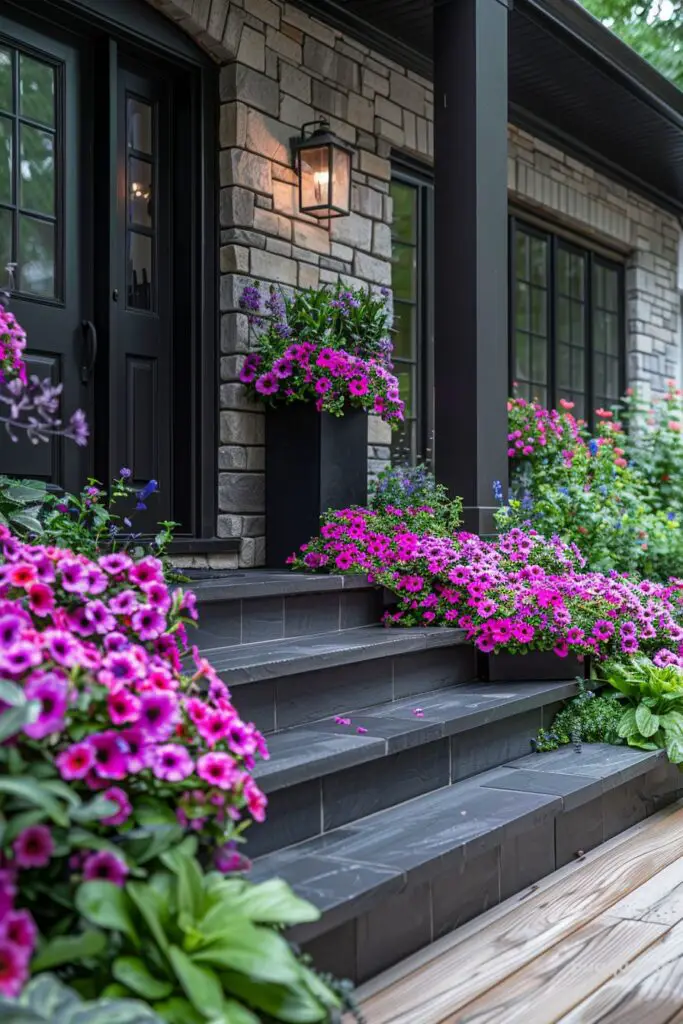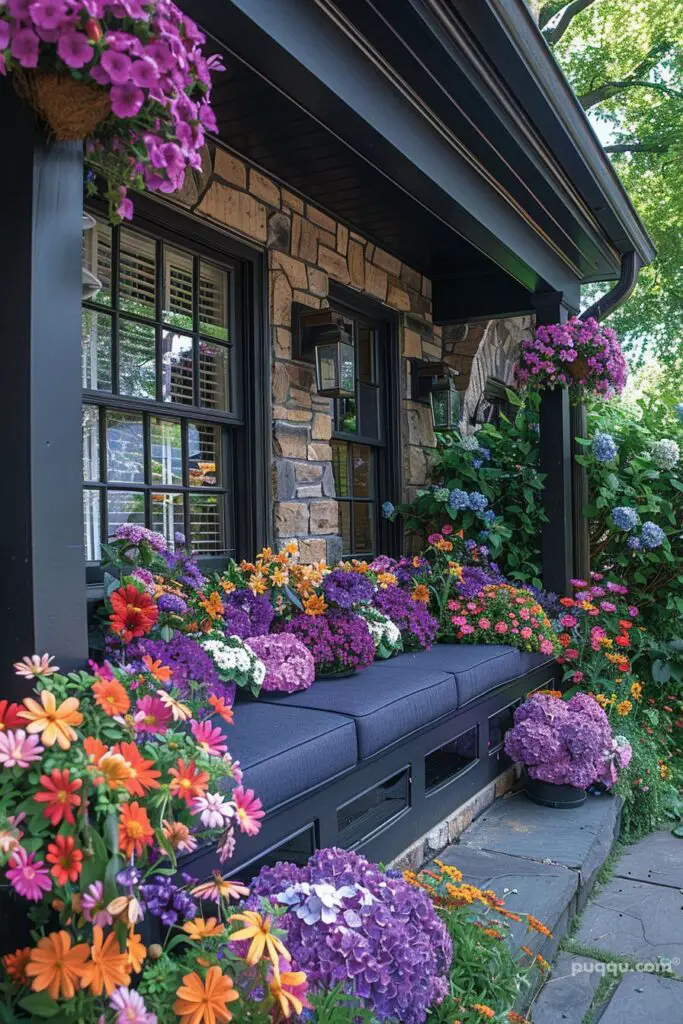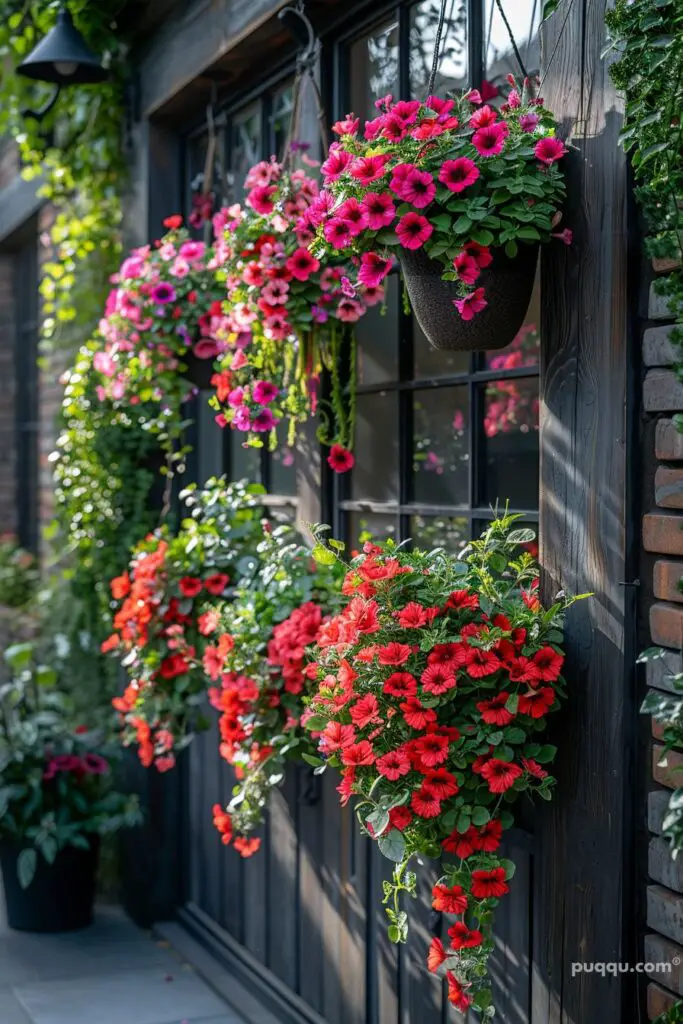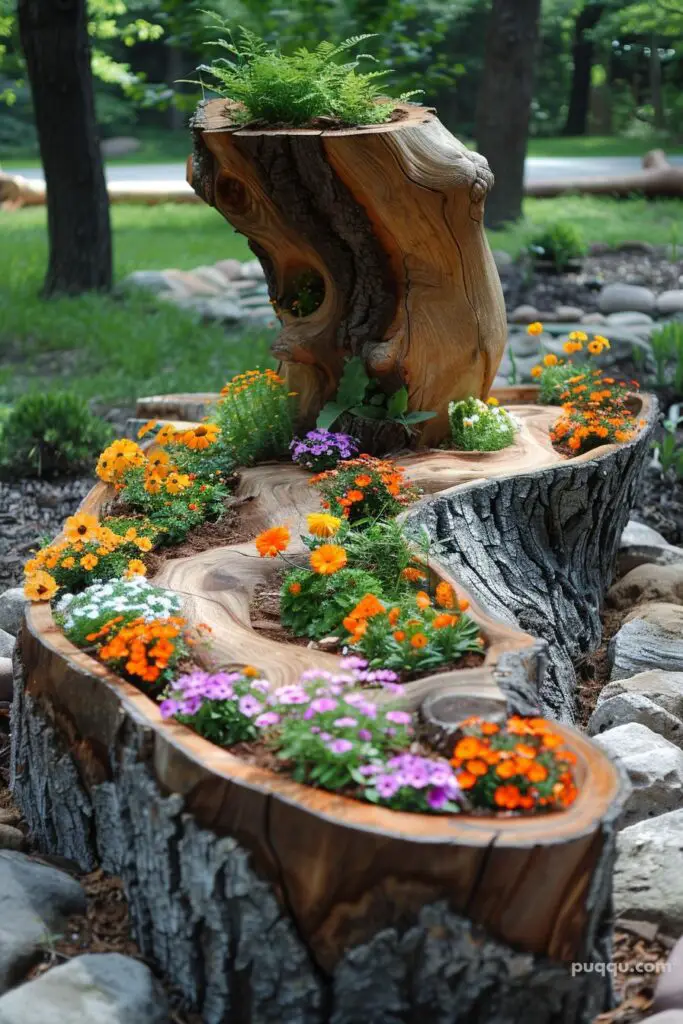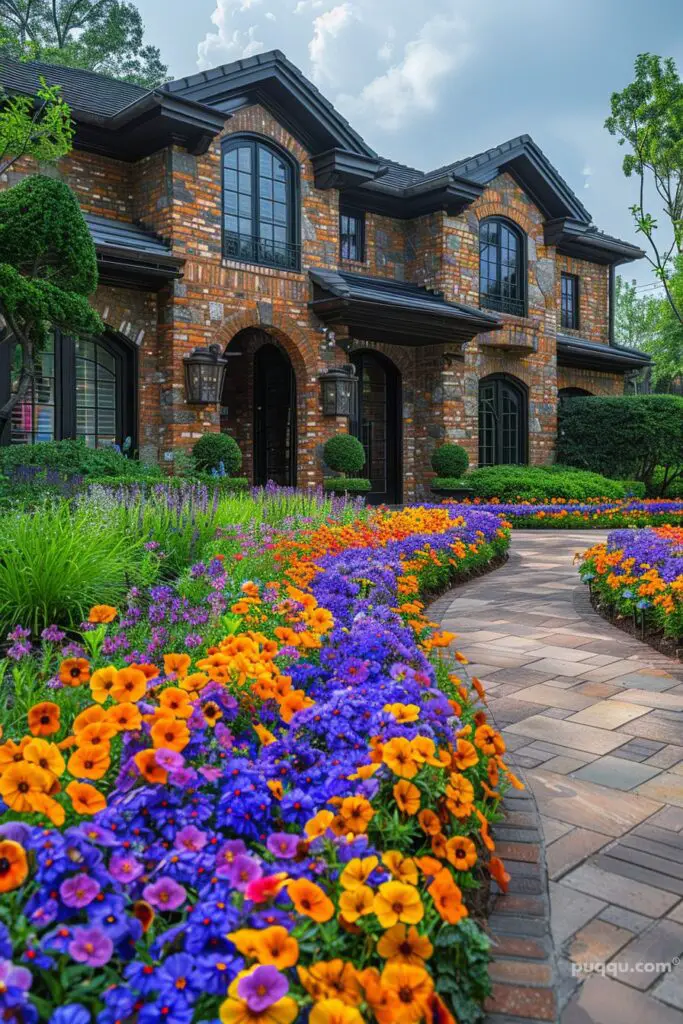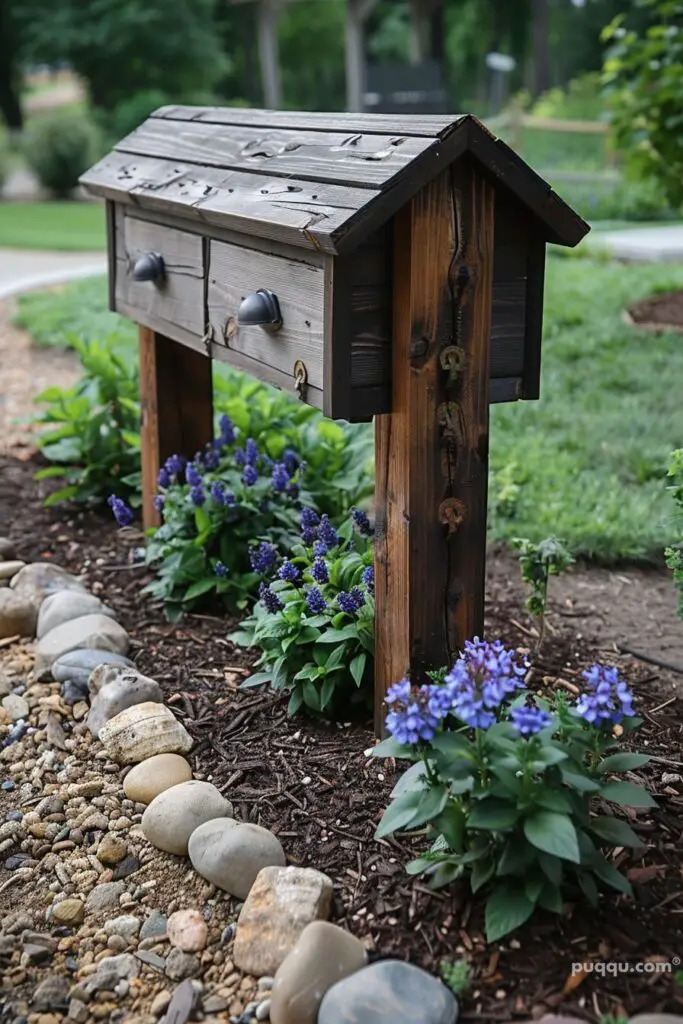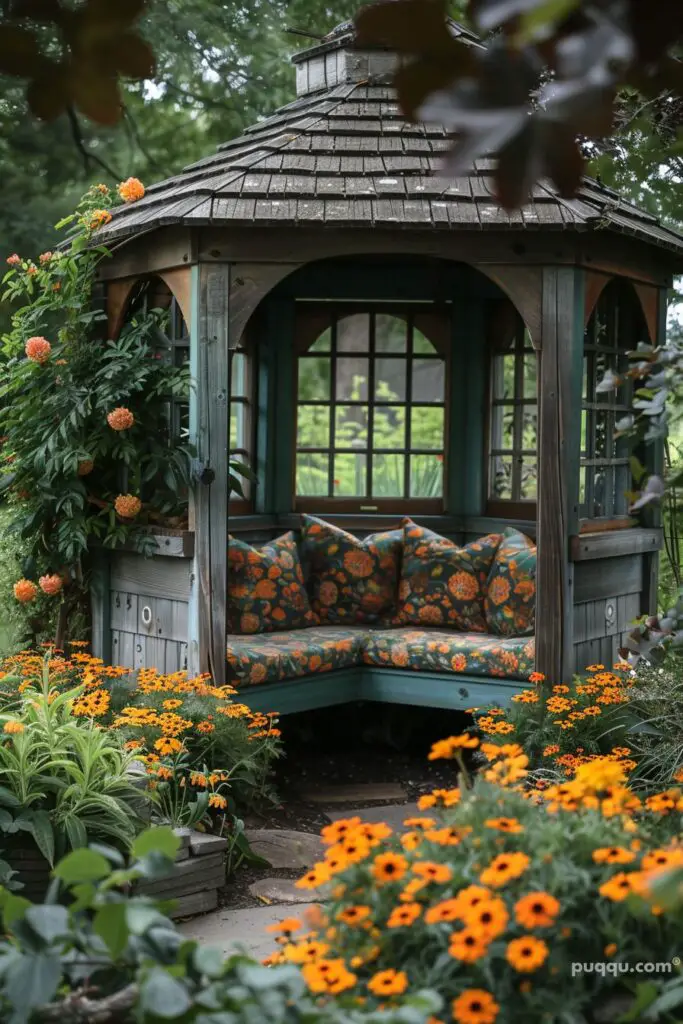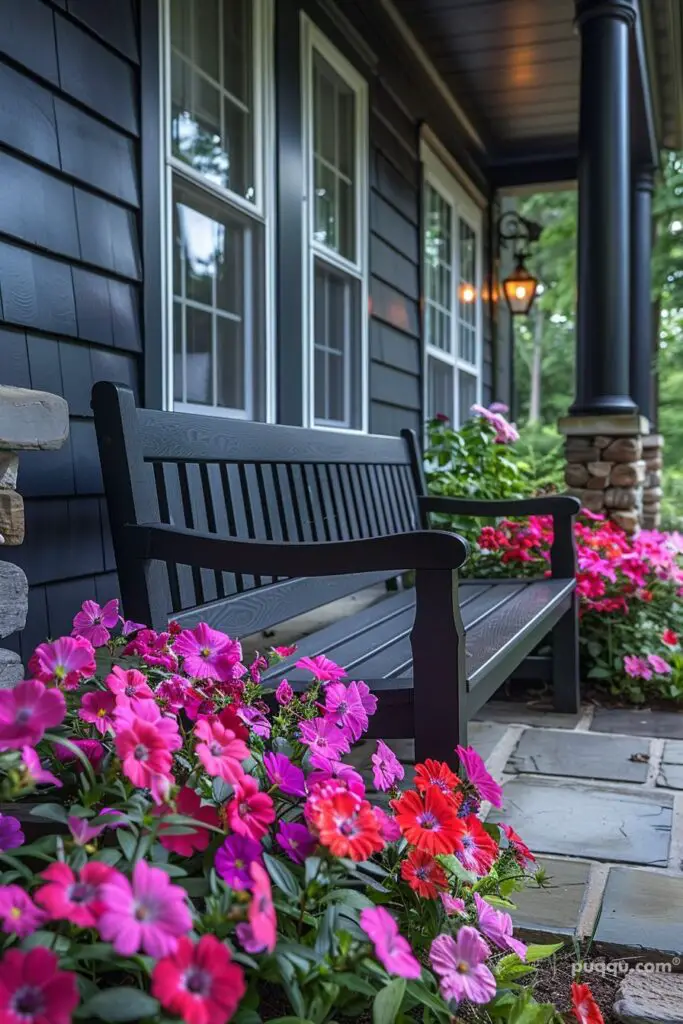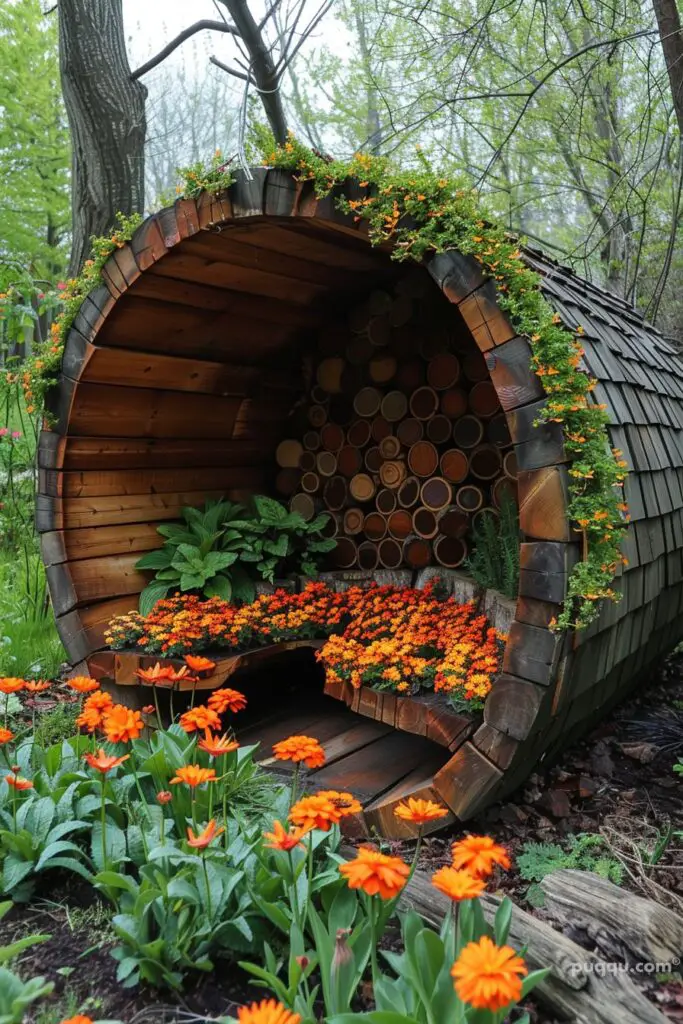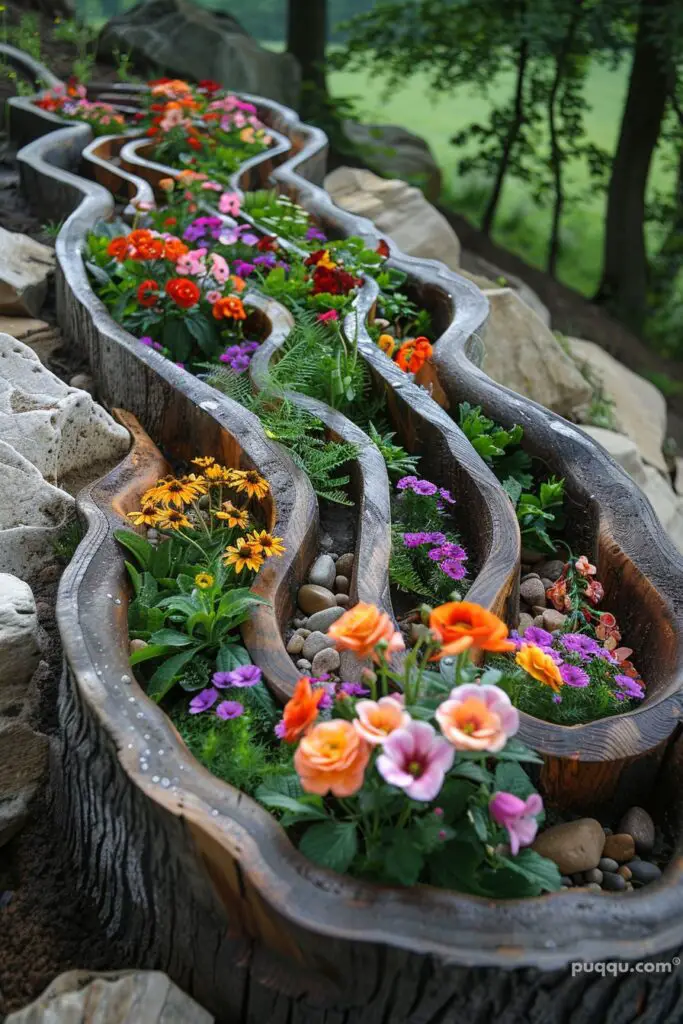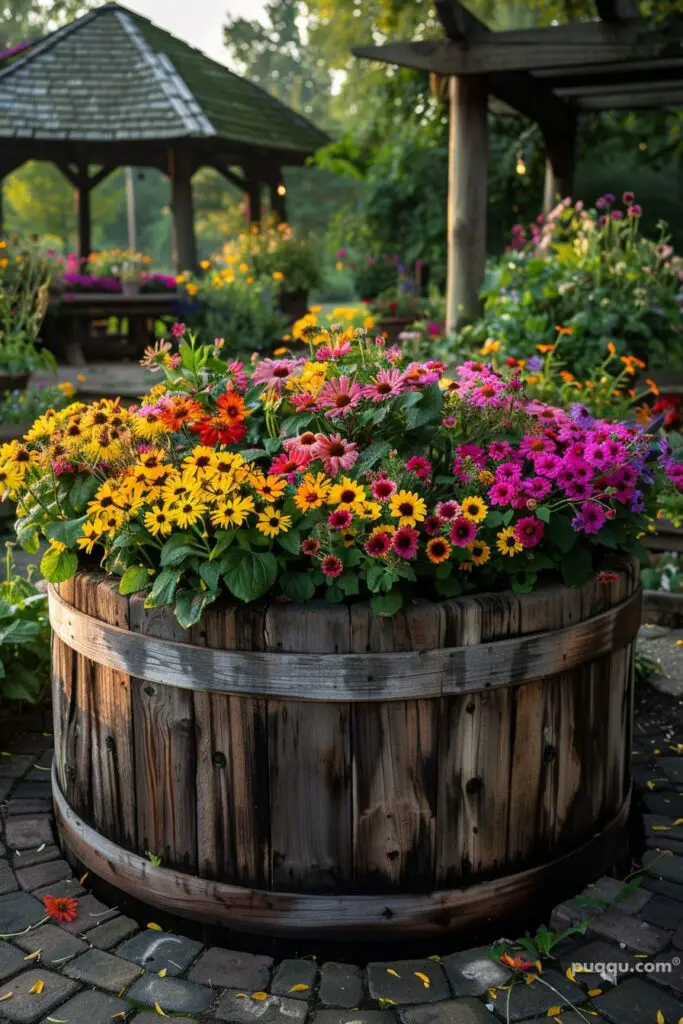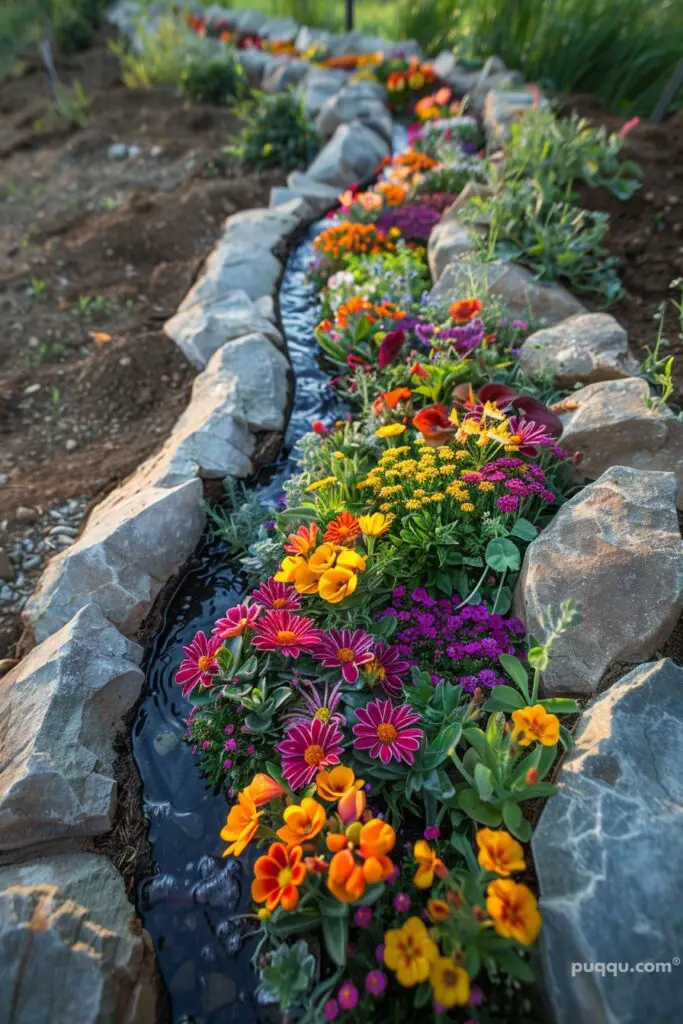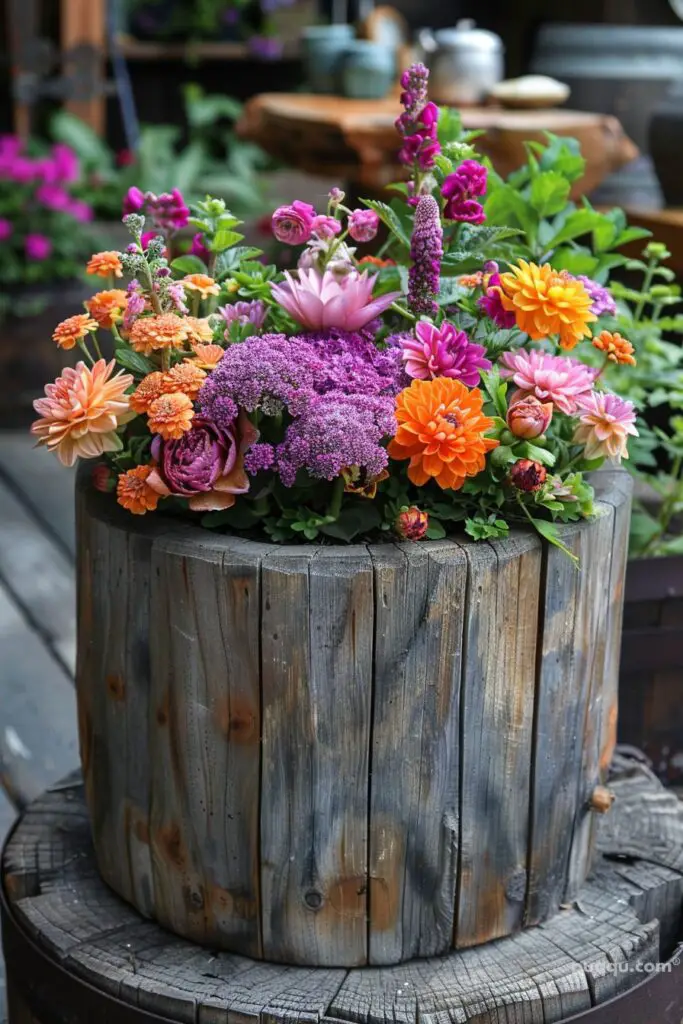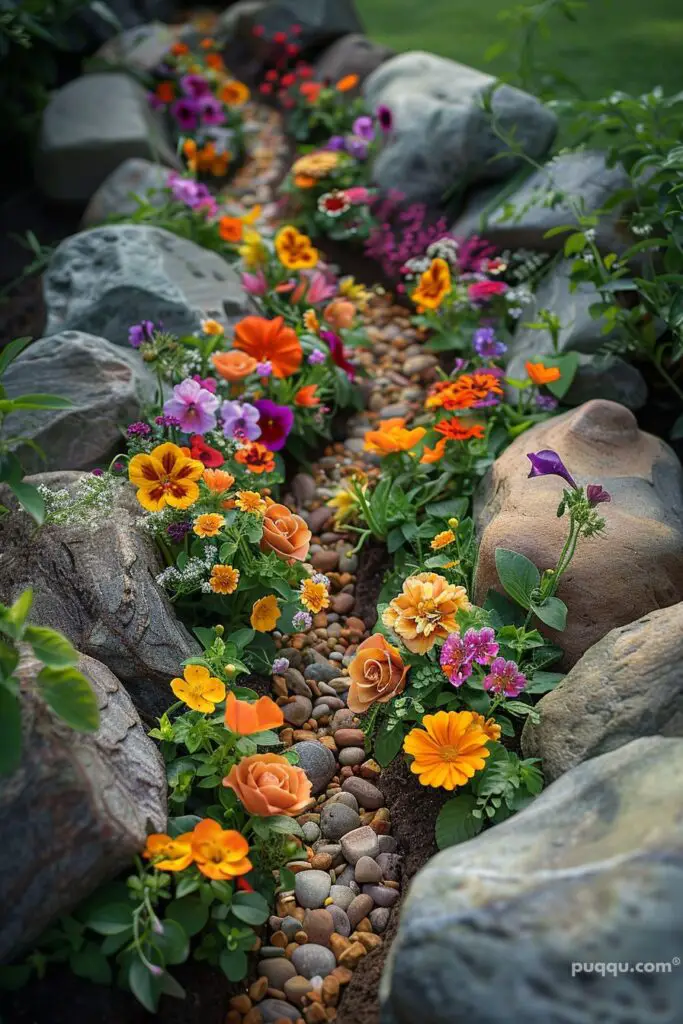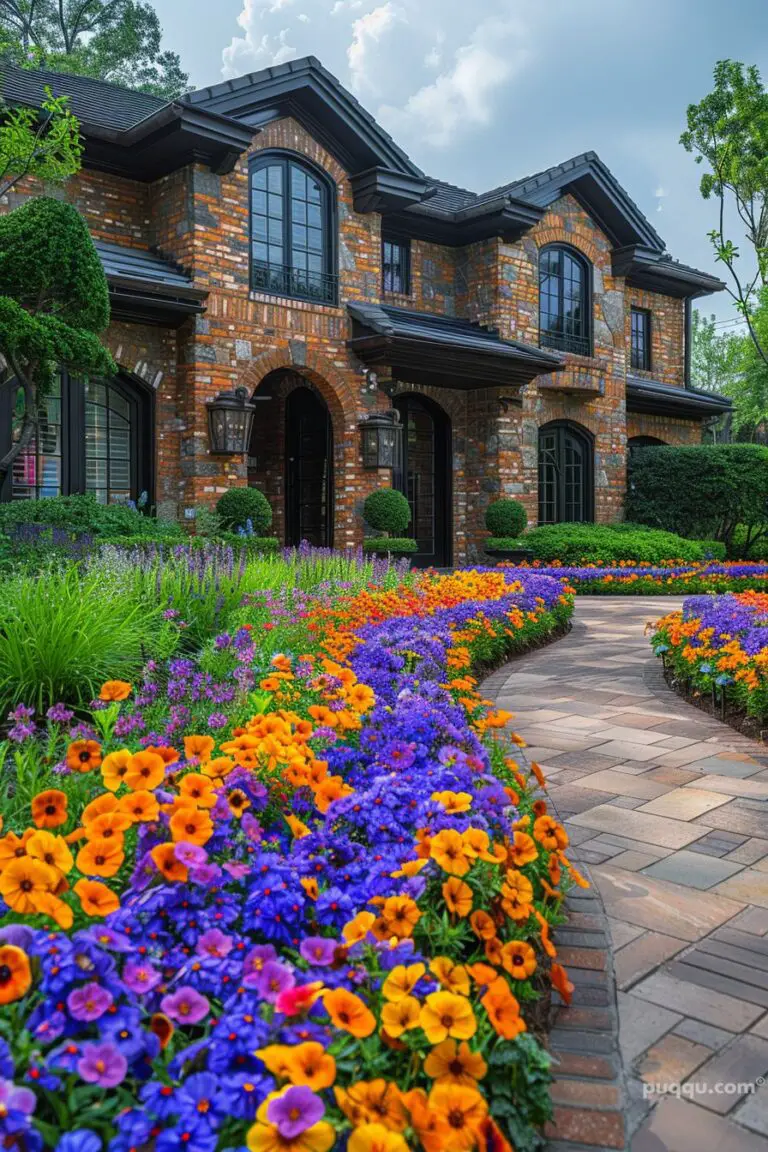Creating a stunning garden doesn’t require a large space. With a little creativity and planning, even small flower beds can make a big impact. Here are some ideas to help you design beautiful and vibrant small flower beds for your garden.
Key Design Principles
1. Use a Variety of Plants
Description: Incorporating different types of plants can add texture and interest to your flower bed. Mix annuals, perennials, and bulbs for continuous blooms throughout the seasons.
Tips:
- Choose a mix of flowering plants, foliage plants, and ground covers.
- Include plants with varying heights to create depth and dimension.
- Consider the bloom time of each plant to ensure continuous color.
2. Focus on Color
Description: A well-planned color scheme can make your small flower bed stand out. Use complementary or contrasting colors to create a striking effect.
Tips:
- Choose a color palette that complements your garden’s overall theme.
- Use bold colors for focal points and softer hues for background plants.
- Experiment with different color combinations to find what works best for your space.
3. Plan for All Seasons
Description: To keep your flower bed looking beautiful year-round, include plants that bloom in different seasons. This ensures that there is always something in bloom.
Tips:
- Include early spring bulbs like tulips and daffodils.
- Plant summer bloomers like petunias, marigolds, and zinnias.
- Add fall-blooming plants like mums and asters.
- Consider evergreen plants for winter interest.
4. Utilize Vertical Space
Description: Maximize your small space by growing plants vertically. This can add height and visual interest to your flower bed.
Tips:
- Use trellises, arbors, or obelisks for climbing plants.
- Plant tall flowers at the back of the bed to create layers.
- Consider hanging baskets or vertical planters for additional space.
Flower Bed Ideas
5. Raised Flower Beds
Description: Raised flower beds are perfect for small spaces and provide better control over soil quality and drainage. They also make gardening more accessible.
Tips:
- Use wood, stone, or brick to build your raised bed.
- Fill with high-quality garden soil and compost.
- Plant a mix of flowers, herbs, and small shrubs.
6. Container Flower Beds
Description: Containers are a flexible option for small flower beds and can be moved around easily. They are great for patios, balconies, and small yards.
Tips:
- Choose containers of various sizes and shapes.
- Ensure good drainage by using pots with holes at the bottom.
- Group containers together for a lush, garden-like feel.
7. Rock Garden Flower Beds
Description: Rock gardens add a natural and rugged look to your flower bed. They are low-maintenance and can thrive in various conditions.
Tips:
- Use rocks and stones to create levels and layers.
- Plant drought-tolerant plants like succulents and alpine flowers.
- Add ornamental grasses for texture and movement.
8. Edging Flower Beds
Description: Edging flower beds create a defined and neat look. Use different materials to create borders and frames for your flower beds.
Tips:
- Use bricks, stones, or wooden logs to edge your flower bed.
- Plant low-growing flowers or ground covers along the edges.
- Keep the edges clean and well-maintained for a polished look.
9. Herb and Flower Combination Beds
Description: Combining herbs and flowers can create a functional and beautiful garden bed. Herbs add fragrance and can be used in cooking, while flowers add color and beauty.
Tips:
- Plant herbs like basil, thyme, and rosemary alongside flowering plants.
- Use companion planting principles to choose plants that benefit each other.
- Harvest herbs regularly to encourage new growth and keep the bed tidy.
Maintenance Tips
10. Regular Watering
Description: Consistent watering is crucial for maintaining a healthy flower bed. Different plants have different water needs, so adjust accordingly.
Tips:
- Water early in the morning to minimize evaporation.
- Use a soaker hose or drip irrigation for efficient watering.
- Mulch around plants to retain moisture and reduce watering frequency.
11. Fertilization
Description: Proper fertilization ensures that your plants get the nutrients they need to thrive. Use organic or slow-release fertilizers for the best results.
Tips:
- Apply fertilizer in the early spring and mid-summer.
- Follow the instructions on the fertilizer package for the correct dosage.
- Consider using compost or natural fertilizers to enrich the soil.
12. Pruning and Deadheading
Description: Regular pruning and deadheading encourage new growth and keep your flower bed looking tidy. Remove spent flowers and trim overgrown plants as needed.
Tips:
- Use sharp pruning shears to make clean cuts.
- Deadhead spent flowers regularly to promote continuous blooming.
- Prune plants in early spring or late fall to shape and rejuvenate them.
13. Pest and Disease Management
Description: Keep an eye out for pests and diseases that can affect your plants. Early detection and treatment can prevent significant damage.
Tips:
- Inspect your plants regularly for signs of pests or diseases.
- Use organic or chemical treatments as needed to control pests.
- Remove and dispose of diseased plant material to prevent the spread.
Conclusion
Creating a stunning small flower bed involves careful planning, plant selection, and regular maintenance. By using a variety of plants, focusing on color, planning for all seasons, and utilizing vertical space, you can make a big impact even in a small area. Use these ideas and tips to design a beautiful and vibrant flower bed that will enhance your garden and bring joy throughout the year.
Frequently Asked Questions
What are some good plants for small flower beds?
Good plants for small flower beds include annuals like petunias and marigolds, perennials like daisies and hostas, and herbs like basil and thyme. Choose plants that suit your climate and soil conditions.
How can I make my small flower bed look larger?
To make your small flower bed look larger, use vertical space with climbing plants, create layers with plants of different heights, and use a mix of colors and textures. Group plants with similar colors together to create a cohesive look.
What is the best way to water a small flower bed?
The best way to water a small flower bed is to use a soaker hose or drip irrigation system. Water early in the morning to minimize evaporation and water at the base of the plants to avoid wetting the foliage.
How often should I fertilize my flower bed?
Fertilize your flower bed in the early spring and mid-summer using organic or slow-release fertilizers. Follow the instructions on the fertilizer package for the correct dosage and application method.
What are some low-maintenance plants for small flower beds?
Low-maintenance plants for small flower beds include succulents, ornamental grasses, lavender, and hostas. These plants are hardy, require minimal watering, and can thrive in various conditions.
